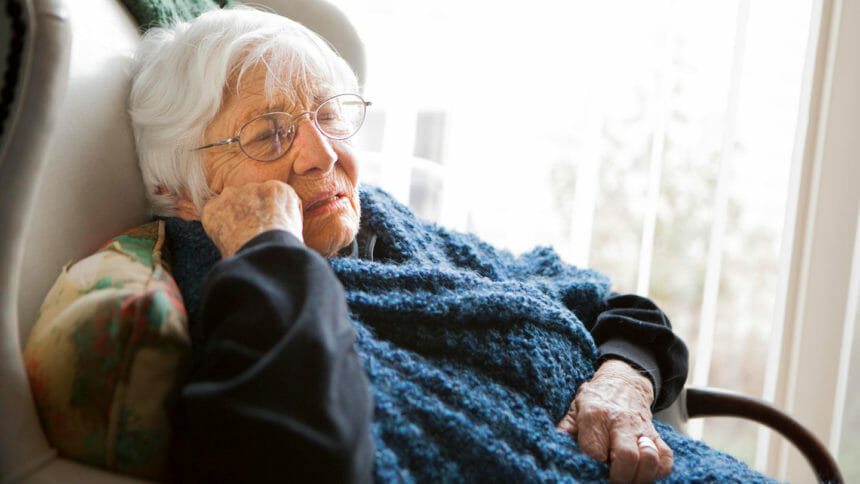
People aged 50 and older with obstructive sleep apnea have a 21% higher risk of any health service (including hospitalization) compared to those without the breathing disorder, according to a study presented Monday at the SLEEP 2024 annual meeting.
“The findings hold true even after taking into account other factors that may contribute to an increased risk of health service utilization” like excess weight, poor health and depression, said lead researcher Christopher Kaufmann, PhD, an assistant professor of health outcomes and biomedical informatics at the University of Florida College of Medicine, said in a statement. His report was published in April in the journal SLEEP.
As part of the study, researchers looked at data from more than 20,000 people in the Health and Retirement Study. The participants were surveyed about their sleep disorders, including sleep apnea, in 2016. About 12% said they had been diagnosed with sleep apnea.
Two years later, the participants were asked about hospitalizations and use of health services. In specific, the ramifications included being hospitalized but also having to use home health services.
The results show that treating sleep apnea can keep older adults out of the hospital, Kaufmann said.
“Addressing sleep apnea can not only improve individual health outcomes but also alleviate the strain on health care resources, leading to more efficient and effective healthcare delivery,” Kaufmann said in the statement.
The American Academy of Sleep Medicine reports that nearly 30 million American adults have obstructive sleep apnea, a chronic disease that involves the collapse of the upper airway during sleep. If it’s not treated, moderate to severe sleep apnea is linked to having a higher risk for hypertension, coronary artery disease, atrial fibrillation, stroke and type 2 diabetes.
The news comes as researchers identified a link between the frequency of sleep apnea events during the rapid-eye-movement stage and the severity of verbal memory impairment in older adults at risk for Alzheimer’s disease.




